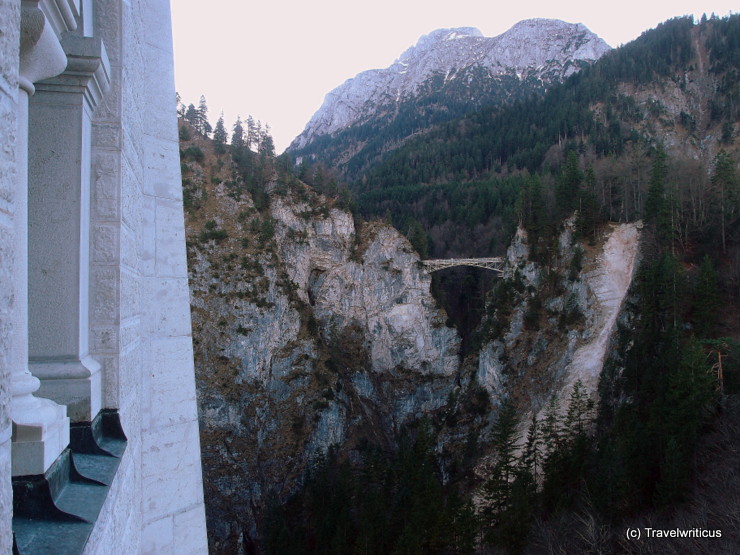
A longshot of the Marienbrücke taken from a balcony of Neuschwanstein Castle (Schloss Neuschwanstein). From there one has an excellent view over the whole castle. The bridge can be reached by bus starting near the ticket office in Hohenschwangau.
You only see what you know (Goethe)

A longshot of the Marienbrücke taken from a balcony of Neuschwanstein Castle (Schloss Neuschwanstein). From there one has an excellent view over the whole castle. The bridge can be reached by bus starting near the ticket office in Hohenschwangau.

The Neues Schloss (New Palace), built in the late Baroque style, served as the residence of the Kings of Württemberg.

Palais Schönburg was built by Johann Lucas von Hildebrandt in 1705/1706. It is also known as Palais Schönburg-Hartenstein or Palais Starhemberg-Schönburg. Today it serves as an event location.

Palais Ferstl is a palace in the first district of Vienna. It was built in 1859 and was never the residence of a noble family. Today it houses exclusive shops and the famous Café Central.

The Palais Fürstenberg, located on the Grünangergasse, was finished by Antonio Beduzzi from Bologna in 1720. The sculptures of two classy dogs still guard the building, which is not open to the public nowadays.
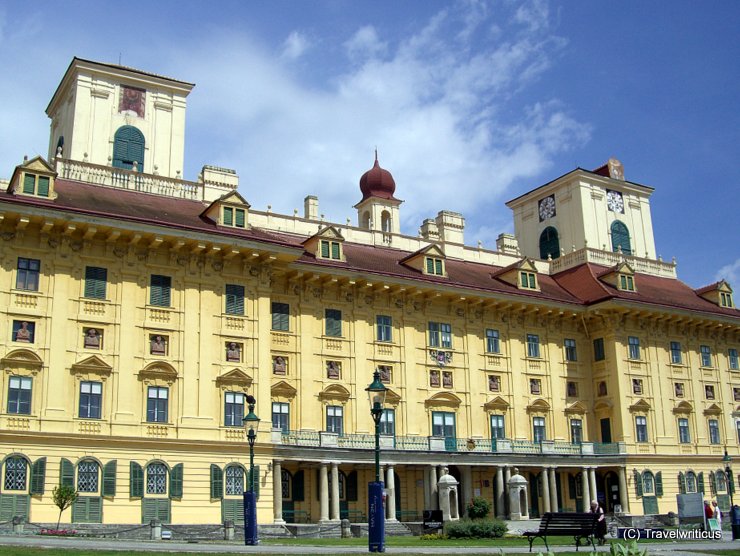
On a sunny May day, I visited an exhibition about the composer Joseph Haydn at Esterházy Palace (Schloss Esterházy). He worked here for several years in the service of the castle owner.
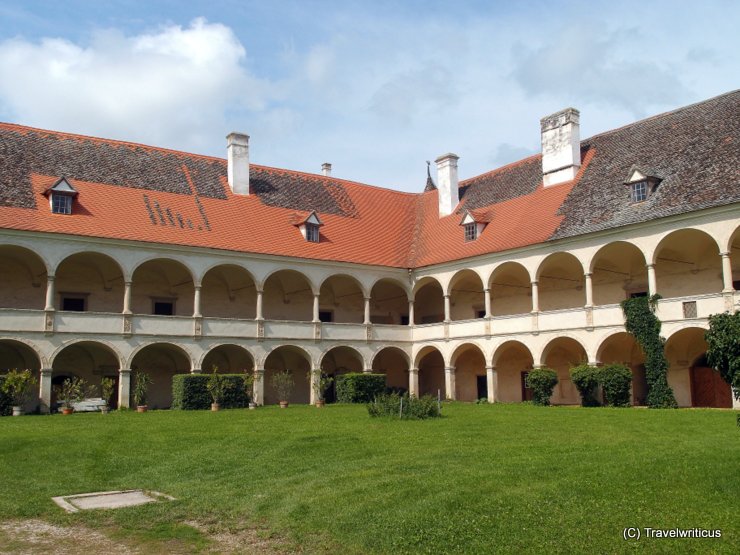
At Deutschkreutz Castle (Schloss Deutschkreutz), I had a guided tour by its owner Anton Lehmden. He was a member of the Vienna School of Fantastic Realism. You find many of his works in the rooms of the castle.

On the way back to my hotel I passed the palace of Celle (Schloss Celle) again. Sometimes a walk around a castle at night is even more exciting than in the daylight. Especially if you are alone in the streets.
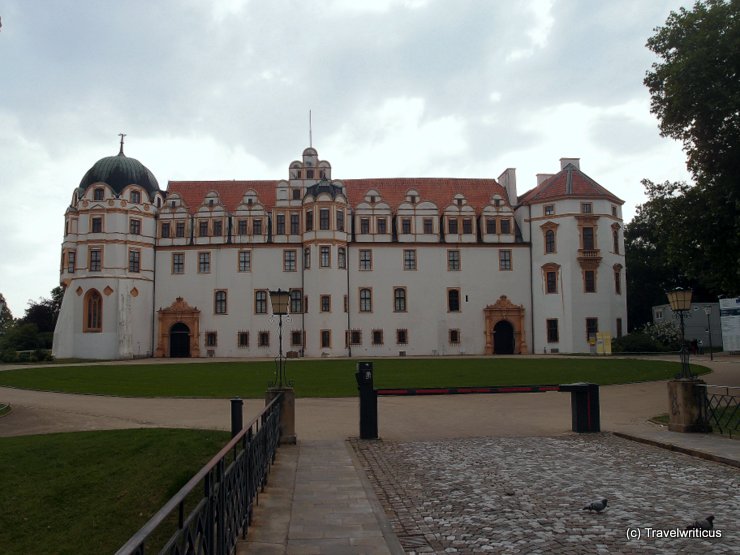
Celle Castle, located in the town of Celle in Lower Saxony, is a Renaissance and Baroque palace with over 700 years of history. Originally built as a fortified castle in the 13th century, it transformed into a residence for the House of Brunswick-Lüneburg.
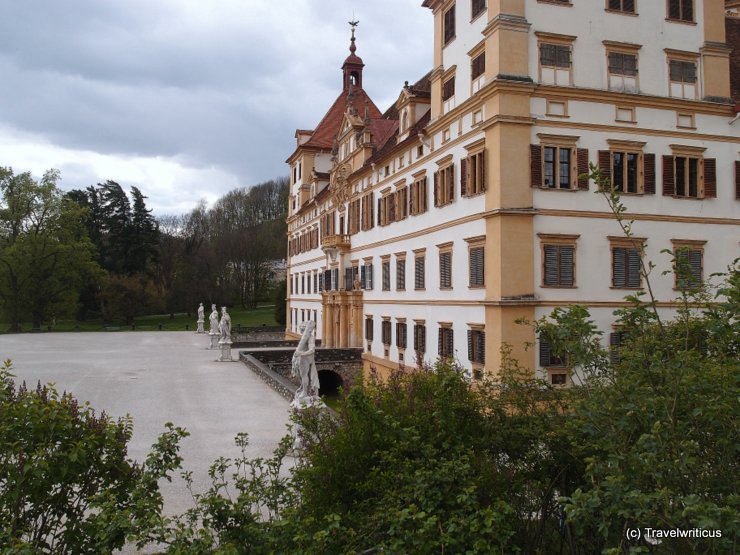
View of Eggenberg Palace (Schloss Eggenberg) taken from the nearby rose mound. Schloss Eggenberg has been a member of the UNESCO World Heritage Sites since 2010.
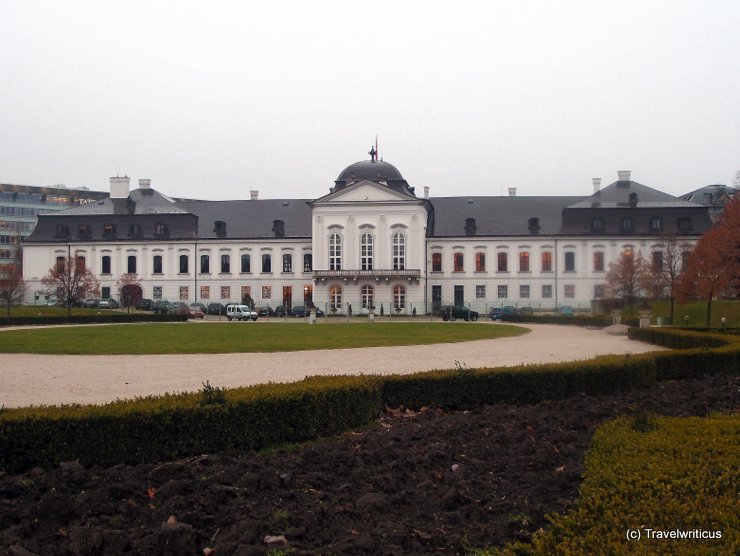
On my walk from the railway station to the town center I came across a park at the back of Grassalkovich Palace (Grasalkovičov palác). This palace is the residence of the Slovakian president.

Marchegg Palace (Schloss Marchegg) is a palace near the March river in the east of Austria. Besides its Baroque style it is also worth a visit because of a large stork population in the nearby WWF nature reserve Marchegg.